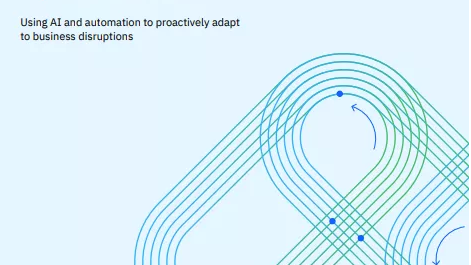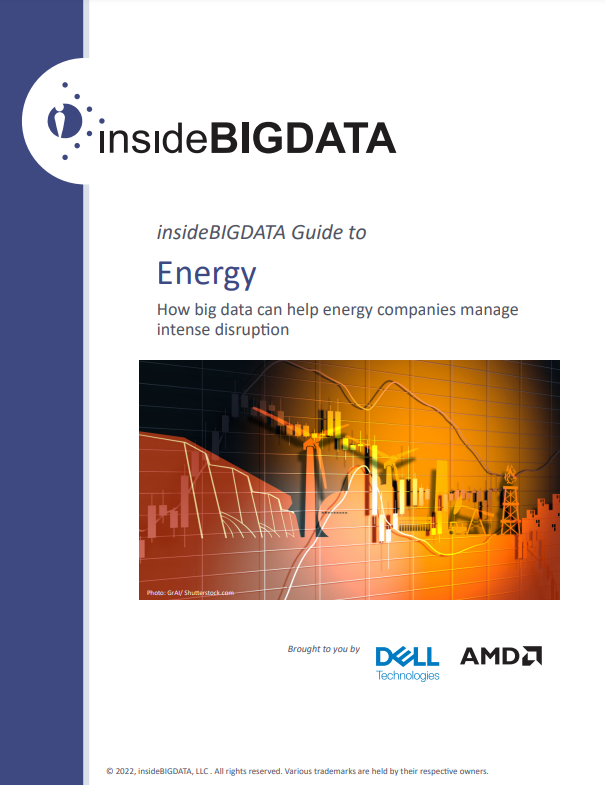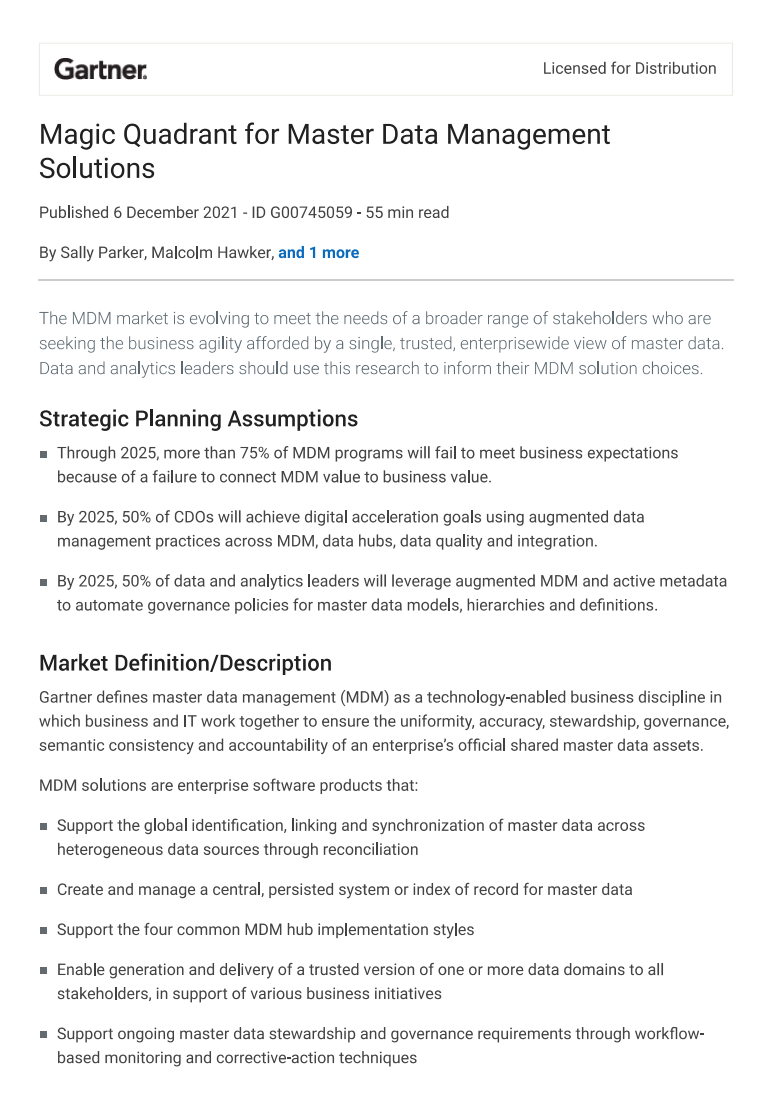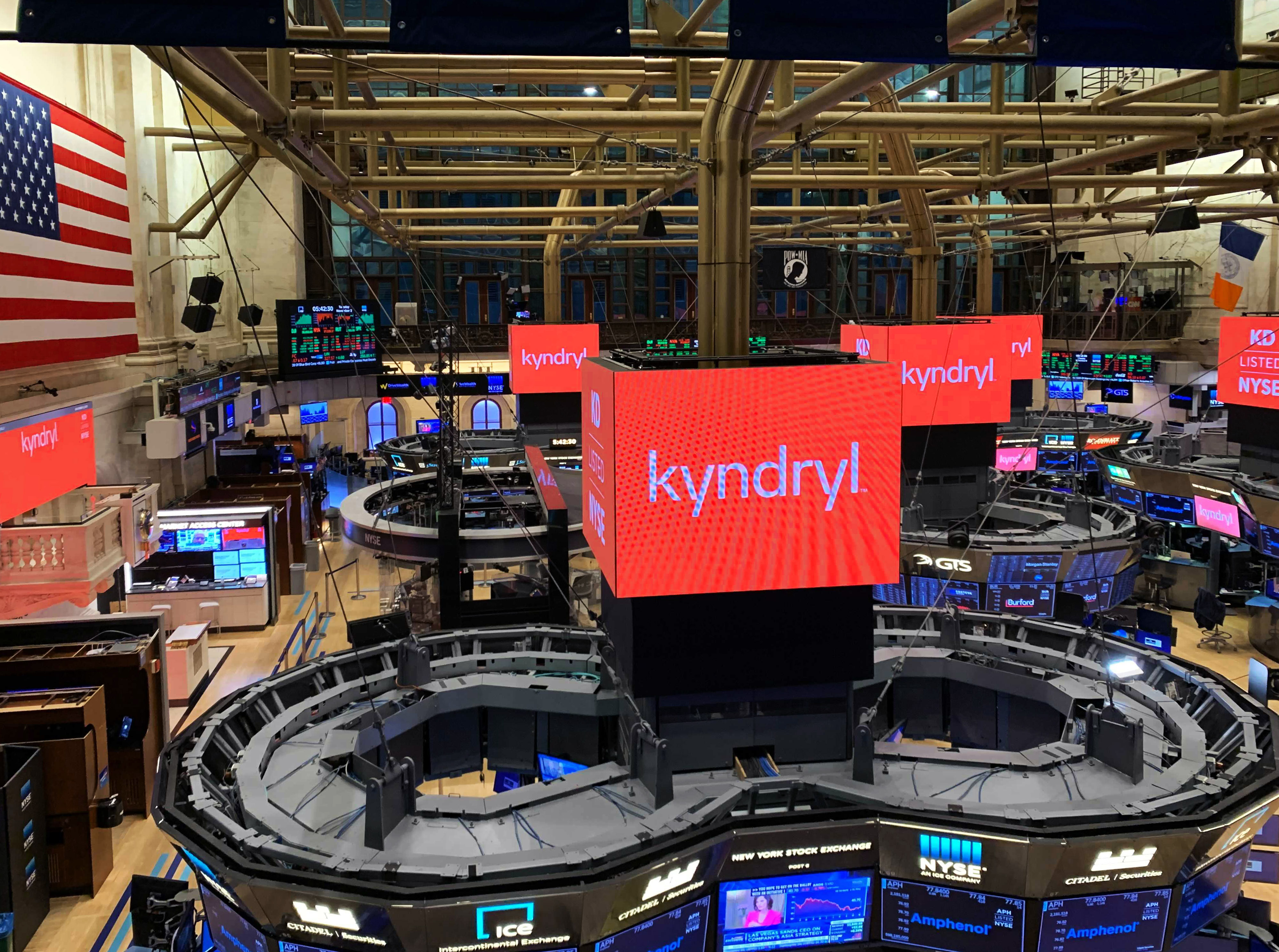How AWS took over sports
From one Englishman’s obsession with the NFL to a global machine learning sports empire


In February, Paris Saint Germain were left stunned by 18-year-old Erling Braut Haaland during their 2-1 defeat to Borussia Dortmund. The striker shocked everyone with his winning goal, scored in the 77th minute, hitting the back of the net so hard the sound of it rattling was picked up by the TV broadcast.
Despite being at the start of his career, there is already a trove of data on Haaland, who has scored 11 times from 19 attempts for the German side. Indeed, there are huge amounts of data held on all professional football players in Germany by the Deutsche Fußball Liga (DFL) – the governing body that runs Germany’s Bundesliga football league – which recently announced a partnership with Amazon Web Services (AWS).
This is the first move from the football world to follow the likes of Formula 1, rugby and the NFL in using a range of machine learning, analytical and storage services from AWS. The DFL wants to build a statistical platform to provide viewers with real-time information on player statistics, game outcomes and even goal predictions.
Andreas Heyden is the CEO of the DFL’s digital sports platform, which takes care of all media and technology within the businesses. He is also the EVP for business innovation for the whole DFL group, essentially putting him in charge of its digital transformation. This isn’t a digital transformation story, however, as the DFL is already cloud-native. As Heyden tells Cloud Pro, this partnership with AWS is about doing more with their cloud.
“The great thing about this collaboration with AWS is we did the deal after we were already transformed,” Heyden says. “So it’s not about taking our on-premises solutions and turning them into the cloud, we’re in the cloud and have had very good experiences with AWS. By December 2018, we’d turned off nearly all legacy systems, we are completely cloud-ready.”
Instead, the DFL is looking to improve the fan experience and capitalise on the so-called ‘second screens’, primarily mobile phones and tablets, that compete for fan attention. To use this to its advantage, the DFL is looking to innovate in three key areas: AI, 5G and augmented reality.
Virtual and augmented reality
Heyden and his team are firm believers that humans are curious; they want to know more than their eyes can see. He says this is especially true of Generation Z, who’ve grown up with the popular FIFA computer games where they get instant real-time data as they play. How this will look to fans of the real thing is still to be decided and as Heyden points out, it might not necessarily be a visual concept as such, maybe an audio alert on a users phone. But they are keen to use the data for prediction models.
Sign up today and you will receive a free copy of our Future Focus 2025 report - the leading guidance on AI, cybersecurity and other IT challenges as per 700+ senior executives
If there is a visual aspect, augmented reality will enable fans to use their phone cameras and see information points on the field. The holy grail, as Heyden puts it, is predicting goals, but perhaps the most likely scenario is machine learning models that calculate success from dead-ball situations, such as penalties and free-kicks. This was one of the use cases for AWS’ work with the Six Nations (before it was indefinitely postponed), whereby conversion success could be calculated based on the kicker’s history and distance from the goal.
To date, the most relevant examples of this type of prediction model is the NFL’s Pro Football Focus website and the Next Gen Stats platform. For a number of years, American football fans have been able to see pass predictions for quarter-backs on second screens. They’ve had data-rich TV broadcasts as pundits have been armed with real-time information and insight from analytical services. AI, machine learning and analytics are in every corner of the sport, thanks to a very deep and successful partnership with AWS.
Pro Football Focus
Strangely, this all began with one fan, in the not so NFL savvy town of Luton, England. Neil Hornsby’s Pro Football Focus (PFF) website is now based in Cincinnati, co-owned by former player turned star pundit Cris Collinsworth, and is used by every single NFL team. But it’s a far cry from its humble beginnings as one man’s obsession to talk about American Football in a country besotted with “soccer”.
“Obviously, in the UK none of your mates at the gym want to talk about football, they want to talk about soccer,” Hornsby explains. “So I started this website to really begin a discourse with high-end fans in the States. But typical of me, I didn't hit the marketplace quite right; I overshot it a little bit and ended up in 2009 getting a call from the New York Giants, asking for more of the data.”
He was sceptical at first, believing it to be a bit of a joke – but the Giants were absolutely serious. Hornsby was collecting data, by hand initially, as a hobby. He had collected a huge amount of technical data doing things cheaply, using everyday tools like Excel and free services like MySQL. At the time he couldn't believe NFL teams weren’t actually collecting this data themselves. He carried on providing them with the data as a hobby until 2012 when the Giants won the Super Bowl. The Wall Street Journal ran a story before the game highlighting the use of PFF's data, which caught the attention of the rest of the league. Since then PFF has become the biggest provider of statistical sports data and analytics in the world, largely thanks to the involvement of AWS.
“AWS came into this when Cris (Collinsworth) bought the company,” Hornsby explains. “I always used to laugh when people used to call us an analytics company, that’s what they use to sell to the math nerds and all that, because we didn't do any of that. It's only really over the last three years, where we've actively gone out to try and find some of the best analytics brains in the football community that we've become an analytics company and started to use machine learning to use this huge amount of data that nobody else has, to really start predicting where we are.
Unlike Hornsby and the NFL, the DFL has only just started to imagine what machine learning and analytics can do for its leagues. For Heyden this is an inevitable avenue the sport must go down to engage a more modern audience.
“If you play FIFA or fortnight, you are used to getting this kind of data,” he says. “Gen Z is coming, we can't stop them and we want them to enjoy the Bundesliga. But we must be tactful and careful not to overwhelm the traditional fan.
Bobby Hellard is ITPro's Reviews Editor and has worked on CloudPro and ChannelPro since 2018. In his time at ITPro, Bobby has covered stories for all the major technology companies, such as Apple, Microsoft, Amazon and Facebook, and regularly attends industry-leading events such as AWS Re:Invent and Google Cloud Next.
Bobby mainly covers hardware reviews, but you will also recognize him as the face of many of our video reviews of laptops and smartphones.
-
 What businesses need to know about data sovereignty
What businesses need to know about data sovereigntyWithout a firm strategy for data sovereignty, businesses put their data and reputations at risk
-
 Anthropic says MCP will stay 'open, neutral, and community-driven' after donating project to Linux Foundation
Anthropic says MCP will stay 'open, neutral, and community-driven' after donating project to Linux FoundationNews The AAIF aims to standardize agentic AI development and create an open ecosystem for developers
-
 Learning and operating Presto
Learning and operating Prestowhitepaper Meet your team’s warehouse and lakehouse infrastructure needs
-
 Four ways AI is helping knowledge workers excel
Four ways AI is helping knowledge workers excelCase Study From medical diagnostics to mining and exploration, many industries are using AI to make their workers more effective
-
 How to help IT manage itself with autonomous operations
How to help IT manage itself with autonomous operationsWhitepaper Using AI and automation to proactively adapt to business disruptions
-
 Green Quadrant: Enterprise carbon management software 2022
Green Quadrant: Enterprise carbon management software 2022Whitepaper Detailing the 15 most prominent carbon management software vendors to see if they fit your requirements
-
 insideBIGData: Guide to energy
insideBIGData: Guide to energyWhitepaper How big data can help energy companies manage intense disruption
-
 Machine learning vs statistics: What’s the difference?
Machine learning vs statistics: What’s the difference?In-depth Both machine learning and statistics involve collecting datasets, building models and making predictions, but they differ in approach
-
 Magic quadrant for master data management solutions
Magic quadrant for master data management solutionsWhitepaper Informing your MDM solution choices
-
 Kyndryl partners with Teradata to boost AI and data modernisation
Kyndryl partners with Teradata to boost AI and data modernisationNews The new service combines Kyndryl’s data and AI expertise with Teradata’s cloud analytics platform to help customers migrate data to the cloud
